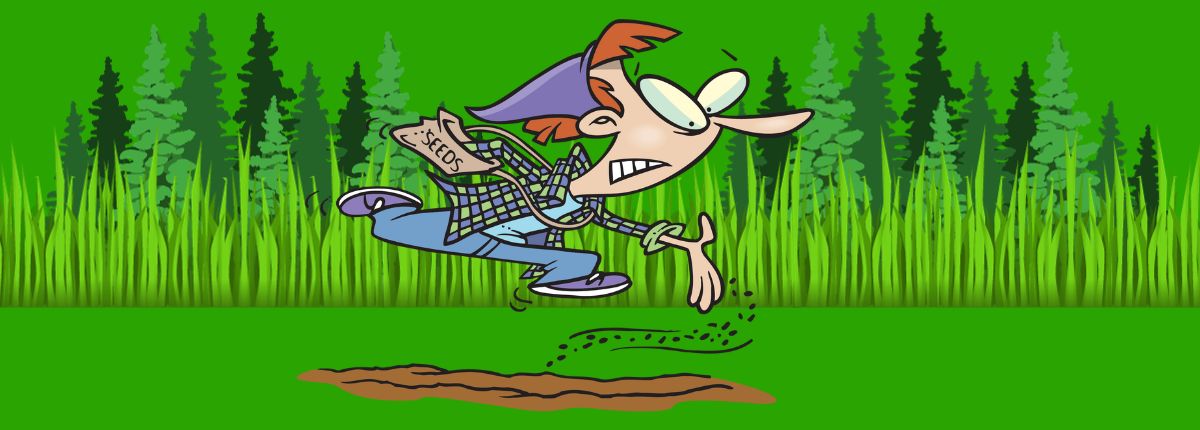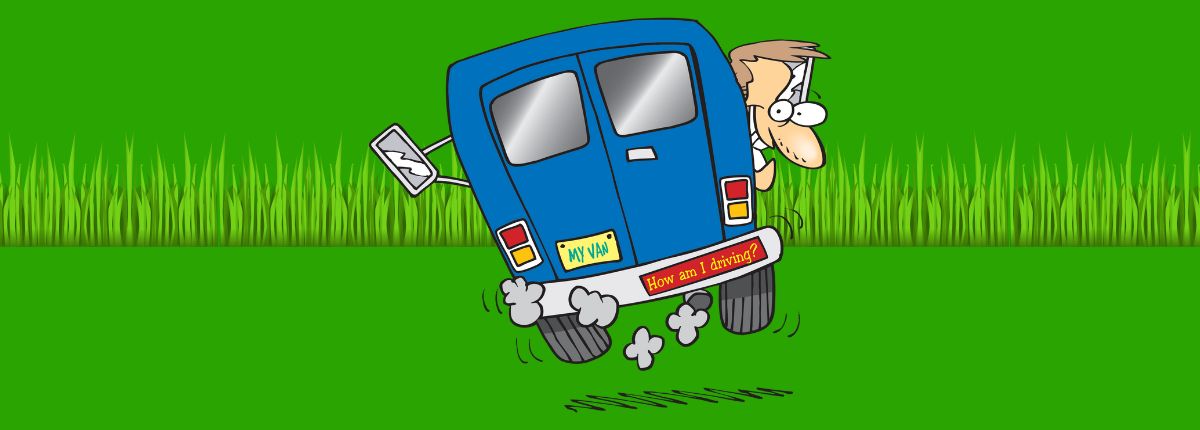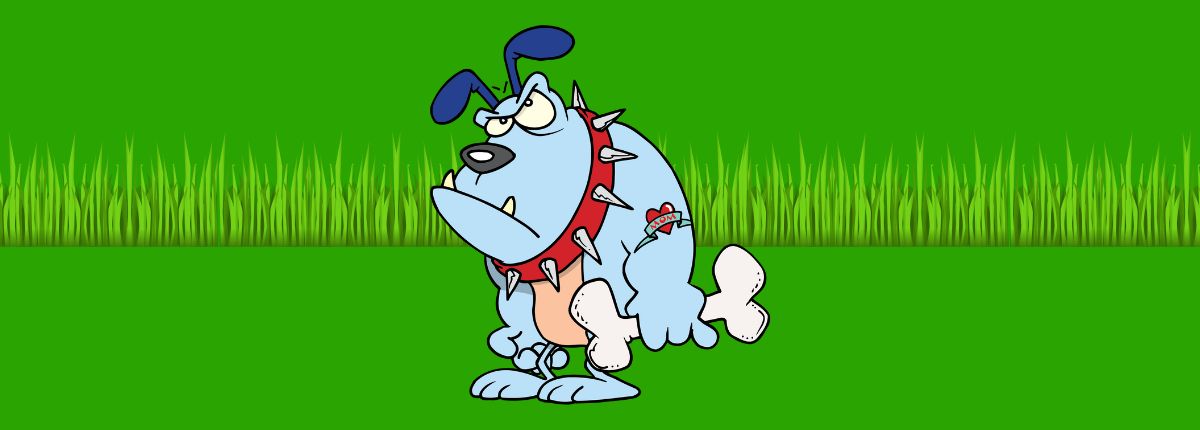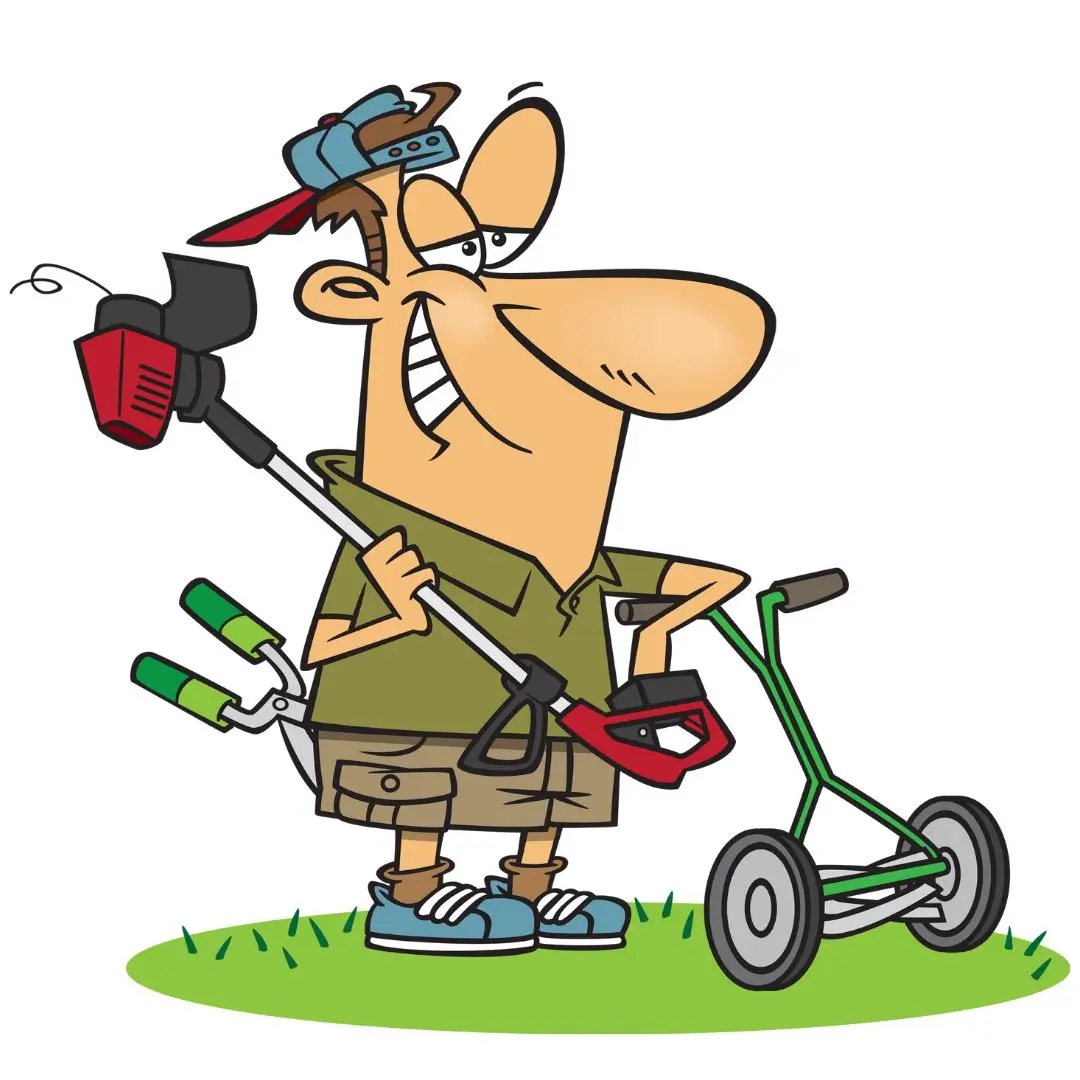Can You Hydroseed Over an Existing Lawn?
Table of Contents
The answer is that you can definitely hydroseed over an existing lawn. However, you need to get it right. Hydroseeding is not as easy as overseeding, but it can bring you some great results, especially when the weather is not playing fair.
Hydroseeding is a great way to turn a patchy lawn with bare soil into a much nicer green lawn.
What is Hydroseeding?
Hydroseeding combines seed, mulch, and fertilizer, usually sprayed and delivered as a thick slurry paste. You may have seen contractors finishing off a new house near you and spraying on a green paste that eventually turns into a lawn. This is hydroseeding in action. It needs less water, and it’s a fantastic alternative to laying a new lawn.
Key Takeaway
“Yes” You can definitely hydroseed over an existing lawn, it will fill in patchy areas and reduce weed growth. Hydroseeding is a combination of seed, mulch, and fertilizer, usually sprayed and delivered in the form of a green paste that eventually turns into a lawn. However, you do need to apply the hydroseeding correctly to get the best results.

This is an estate with a large area of grass and some bare patches. Two guys are applying the hydroseed slurry. The pump is mounted to a truck off to the right of the photo. This is one of the easiest and most cost-effective ways of hydroseeding over existing grass.
Understanding Hydroseeding: The Basics
One of the reasons that this technique is so popular is because of its simplicity. As the seeds, mulch, and starter fertilizer are all mixed together, it reduces the need to put in the work you need with overseeding. Such as preparing the topsoil and then giving it a power rake, and then you would need to somehow keep the birds off (who absolutely love grass seed, btw).
Hydroseed is then sprayed onto the ground in a uniform layer per square foot, Hydroseed needs very little maintenance once it germinates it has everything it needs to grow.
Hydroseeding is a popular alternative to traditional seeding methods because it guarantees more uniform coverage and faster germination. Unlike traditional seeding, hydroseeding also helps to protect against soil erosion while providing all the necessary nutrients for optimal growth.
I remember when I first saw hydroseeding, it was back in the 80s, and I was working in forestry. They used to take huge diggers and channel a road through the hills so we could get our vehicles in and out.
I noticed that shortly after the roads were cut through a hill, they sprayed this green slurry over the steep slopes on both sides. I think that newsprint and wood fiber mulch were the main ingredients back then. A short time later, after seed germination has occurred, we would end up with lush green erosion-proof banks by the road.

Hydroseeding Over Existing Lawn the Right Way.
So you have decided that your lawn looks a bit bald, and there are areas where you are struggling to get the grass to grow. Instead of replacing the entire lawn, you can still get a beautiful lawn with a bit of DIY hydroseeding if you consider the following things.
The best way to hydroseed over an existing lawn is to prepare the area properly. This may include mowing the grass short, removing any debris or weeds, and aerating the lawn.
Aeration is particularly important as it allows the hydroseeding mixture to reach the soil and promote germination.
For better results, the hydroseeding mixture should be carefully chosen to suit the needs of your lawn. A mixture that’s too heavy on fertilizer can burn the existing grass, while a mixture that’s too light on fertilizer may not promote proper growth.
It’s also important to apply the hydroseeding mixture evenly and thoroughly. This can be a challenge when dealing with an existing lawn, as the grass can get in the way, so it’s a good idea to mow the lawn short around the areas to be treated too.
Steps to Hydroseed Over an Existing Lawn
If you have dead spots and are considering hydroseeding an existing lawn, following the proper preparation steps is essential to ensure successful germination and growth. Here are the steps to hydroseed over an existing lawn:
Step 1: Assess Your Lawn
The first step is to evaluate the condition of your lawn. Check for any underlying issues, such as pest infestations or disease that may impact the success of the hydroseeding process. Address these problems before moving forward with hydroseeding.
Step 2: Prepare the Existing Grass
Preparing the existing grass is crucial to ensure proper seed-to-soil contact and to promote germination. Mow the grass as low as possible and remove all debris, such as rocks and sticks. It is also recommended to dethatch and aerate the lawn to loosen the soil and allow the hydroseeding mixture to penetrate deeper.
Step 3: Apply the Hydroseeding Mixture
When applying the hydroseed mixture, use a mechanical sprayer to ensure even distribution. It is advisable to divide the mixture into smaller sections and apply it in a criss-cross pattern for optimal coverage. Be sure to follow the manufacturer’s instructions for the appropriate mixture and application rate.
Step 4: Water and Monitor the Lawn
After applying the hydroseeding mixture,, you must frequently water the lawn to keep the soil moist. Avoid overwatering, as it can wash away the seeds or cause them to rot. It is essential to monitor the lawn regularly for any signs of growth or issues that may require attention.
By following these steps and properly preparing your existing lawn, you can successfully hydroseed and establish a lush and healthy lawn.
A close-up of a hydroseed mixture being sprayed onto bare ground
How often should hydroseed be watered?
When it comes to watering your hydroseed, you gotta stay on top of that game. Your new lawn needs just the right amount of love and attention. You want to ensure the lawn stays nice and moist but does not drown in water.
Depending on the types of grass and where you live, you might want to water at least twice a day to keep the soil from drying out. You must give the area a good soak until it’s nice and saturated. You could use a sprinkler system, but if you do, make sure the area stays moist and not wet.
Just keep an eye on it and adjust as needed. And once those little seeds start sprouting, you can ease up a bit on the watering, but still make sure it’s getting enough to keep growing strong.
Lawnmowing101 Membership

Build a six-figure lawn care business
Lawn Care Software

Get Your Lawn Care Business Running Smoothly
Easier for you and your customers. Jobber helps you quote, schedule, invoice, and get paid—all in one place.
Caring for a Hydroseeded Lawn
You’ve completed the hydroseed process, and now it’s time to properly care for your new lawn using best practices. Following the watering schedule above is crucial for successful growth.
Mowing is also essential to maintain a healthy lawn. Wait until the grass reaches 3 inches in height before the first mowing. I always tell people to give it a mow as soon as they see the grass start to fold under its own weight. If you have waves of grass, then you have waited too long.
Never remove more than one-third of the blade length at one time to avoid stressing the grass, and make sure that your blades are as sharp as possible the first time you mow the lawn.
Fertilizing is also important for the growth and health of your hydro-seeded lawn. Waiting 4-6 weeks after hydroseed application before fertilizing is best. Use a slow-release fertilizer to promote steady growth and avoid burning the grass.
Remember, for the best chance of success and to get the best possible results; you need to look after the lawn as best as you can for the first month or so. Give it a good start, and you can get a great-looking lawn.
Additional Tips:
- Keep foot traffic to a minimum on the new grass for the first few months.
- Don’t let the lawn dry out or become too soggy
- Aerate your lawn regularly to promote healthy root growth.
Pros and Cons of Hydroseeding Over an Existing Lawn
Hydroseeding over an existing lawn is a popular solution for those looking to quickly establish a lush and healthy lawn. However, like any landscaping technique, it has its pros and cons. Here are some benefits and drawbacks of hydroseeding over an existing lawn.
Pros of Hydroseeding
Hydroseeding offers several advantages over traditional seeding methods. Here are a few key benefits:
| Pros | Details |
|---|---|
| Faster germination | Hydroseeding allows for faster germination due to the high-quality mixture that contains everything required for the seeds to grow and thrive. It is also applied in a controlled manner, ensuring optimal distribution of seeds and nutrients. |
| Erosion control | Hydroseeding creates a protective layer over the lawn, helping to prevent soil erosion and promoting healthy plant growth. |
| Customizable mixture | The hydroseeding mixture can be customized to meet the specific needs of your lawn and soil type, ensuring optimal growth and development. |
| Lose less seed | Your seed is less likely to become lunch for those hungry birds. |
| Retains moisture | Hydroseed retains the water for a much longer time than any other method. This is because of the mulch. |
Cons of Hydroseeding
While hydroseeding offers many benefits, there are also some potential drawbacks to consider:
- The need for proper preparation
- The existing lawn must be in relatively good condition and free of weeds and debris to achieve optimal results. The area also needs to be adequately prepared before hydroseeding.
- Higher initial cost
- Hydroseeding can be more expensive than traditional seeding methods due to the cost of the customized mixture and the specialized equipment used for application.
- Less control over initial seedling growth
- While hydroseeding can promote faster germination and growth, initial seedling growth can be less predictable than traditional seeding methods, as the seeds are distributed more sparsely and may not receive as much direct contact with the soil.
Applying hydroseed can be an effective solution for quickly establishing a great-looking lawn. However, it requires proper preparation and a customized mixture to achieve optimal results. Consider the pros and cons carefully before deciding whether hydroseeding is right for your lawn.
Listen to audiobooks while you work.

With a sixty-day free trial
Discover millions of ebooks, audiobooks, and so much more for just $9.99/month.
Conclusion: Can you hydroseed over an existing lawn?
If you are considering using hydroseeding over an existing lawn, it is possible, but it requires proper planning and execution. You can achieve a lush and healthy lawn by understanding the basics of hydroseeding and the steps involved.
Remember to properly prepare the lawn, address any patchy areas, and ensure the grass is cut short. Use a high-quality hydroseeding mixture and apply it following the recommended steps.
After hydroseeding, it’s essential to care for your lawn properly by sticking to a consistent watering schedule, mowing the grass regularly, and fertilizing as needed. With proper care, your hydro-seeded lawn will thrive and provide the green and healthy outdoor space you desire.
Hydroseeding is one of the best options for establishing a lawn quickly and effectively. While there are potential drawbacks to hydroseeding over an existing lawn, such as the need for careful preparation, the benefits outweigh the challenges for any homeowner.
So, if you are ready to transform your existing lawn into a lush and green oasis, consider hydroseeding. You can achieve the lawn of your dreams with proper planning, preparation, and care.
Get tips & tricks on how to grow a profitable lawn care business delivered to you inbox every week.







Leave a Reply